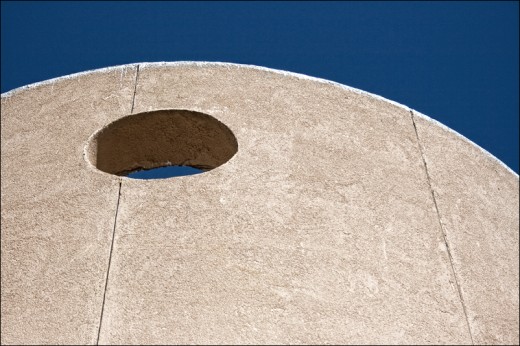The Kit Lens Challenge: Lesson #1 – Know the Limits of Your Gear
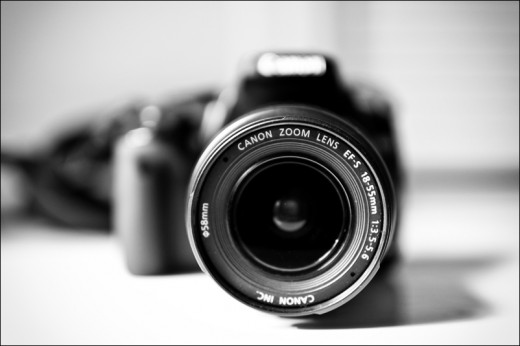
The infamous kit lens, mounted on a Canon XTi
A couple of weeks ago, I made rash claims after drinking and claimed that even Canon’s lowly EF-S 18-55mm f/3.5-5.6 kit lens was capable of taking very good photos. I pledged that I would buy some regular version of the 18-55 that actually came in a kit, and cast around to see if someone would loan me a camera. As luck would have it, I found a lens in BGN condition (read: well-used) on KEH.com for ~$50, including shipping. The next week, a very generous acquaintance loaned me his XTi for the duration of my challenge. Now that I have the camera and the lens, I have started using them, and thought that a series of lessons and impressions from this challenge might be interesting to others.
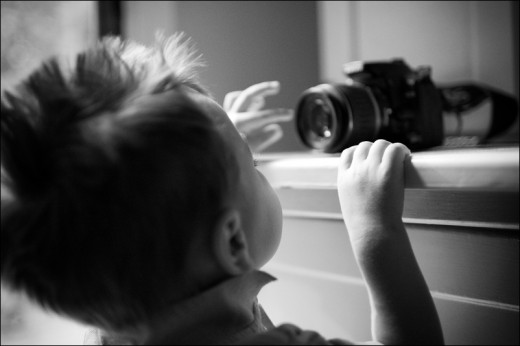
With all the parts assembled, like any sensible photographer, I set out to evaluate the new equipment to see what it could and couldn’t do. I wildly claimed that to accomplish my challenge, I would use the kit lens to photograph a salable image, one that I would deliver to my client as part of the final package. Before I brought it along on a paid gig, though, I wanted to make sure I knew how everything worked, since one of the most important parts of taking great photos is knowing the various strengths and weaknesses of your gear. I have never used a Rebel level camera before, as I shot Nikon before jumping into Canon’s deep end with the Canon 5D, so it was therefore important to orient myself to the camera and the lens. Because this is a lens challenge, and not really a camera body challenge (using the XTi was just sort of an incidental plus), I will focus mostly on discussing the lens, but did want to mention that knowing how to operate ALL of your gear is key.

The first two images in this post are obviously OF the XTi and kit lens, not taken WITH them, so starting with the image directly above, the rest of the images in this article were taken with the kit lens.
The first limitation of the new gear that struck me immediately is the slow, variable maximum aperture of f/3.5-5.6. An aperture of 5.6 is two stops slower than my slowest regular lens, and four whole stops slower than my fastest. That means that at best, I am using a lens that lets in 1/4th to 1/16th as much light as the lenses I am used to using! Not only does this smaller maximum aperture affect depth of field, it also affects autofocus performance and overall image quality, as I have to push the ISO up more quickly to maintain appropriate shutter speeds, relative to the aperture. In other words, where I could shoot with my 24-70 f/2.8L at, say, ISO 200, f/2.8, and 1/125th of a second, with the kit lens at f/5.6, I’d either have to shoot at ISO 800 to make up the two stops and maintain the shutter speed, or I’d have to try to steady my hands and use a shutter speed of 1/30th of a second. Depending on the camera body you are using, this can present a problem if you hit the maximum ISO ceiling quickly, or the image quality is unacceptable to you or your clients at higher ISOs. However, this doesn’t mean that the kit lens isn’t capable, only that it’s less flexible and that you MUST be aware of its limitations and be able to compromise and adjust, just as you do with any lens. A photographer must always balance depth of field (aperture), shutter speed, ISO, and focal length in any image–there are always compromises.
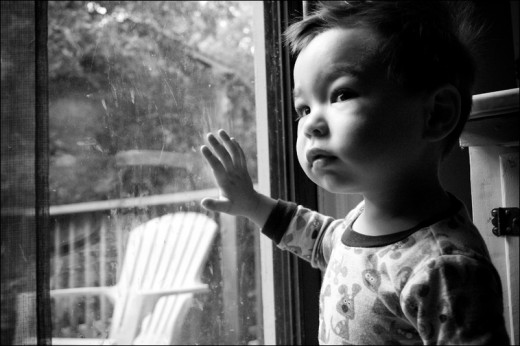
The slower aperture also noticeably affects autofocus speed and ability, and autofocus issues were definitely problems I had to work around. I don’t expect more from an f/3.5-5.6 lens–the autofocus sensor in the camera body needs light to work, and an f/5.6 lens isn’t giving that sensor a lot of light to work with–but I shoot a lot of ambient light portraiture, often at ISO speeds of 400 or 1600 with faster lenses. The photo above was taken with sunlight through the sliding glass door, and was about at the usable limit of the autofocus. In conditions any darker, unless I could find a really high contrast point to focus on, the lens would rack in, rack out, and give up. Fortunately, the focus screen on the XTi is actually pretty decent, and manual focusing the kit lens not too much trouble.
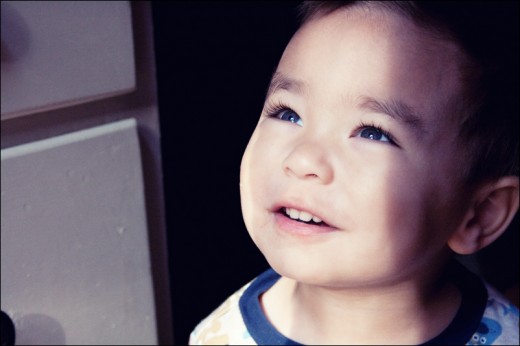
My goal, ultimately, is to prove that the photographer is the most important factor in your photography, by a large margin. My goal is to prove that using different, more limited equipment doesn’t change the essential look of my photographs. My goal is to prove that when you spend money on nicer camera bodies and lenses, it’s not just for optical quality–you are also paying a lot for reliability and flexibility. My goal is to show photographers with more limited budgets that the expensive glass and bodies are definitely nice, but not usually the critical elements that make or break a photo (there are exceptions, of course). My goal is to prove that if you have a particular way of seeing things, of framing things, and of expressing things, that the physical tools are far less important than that vision.
